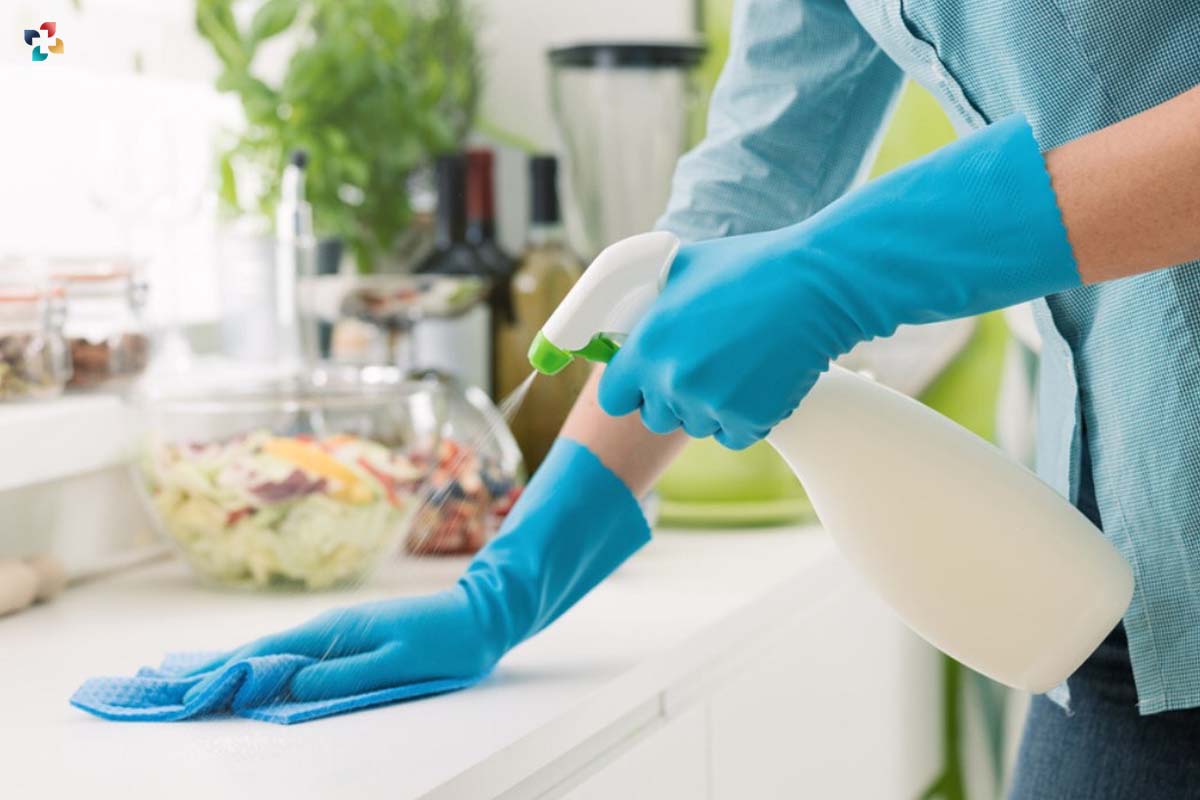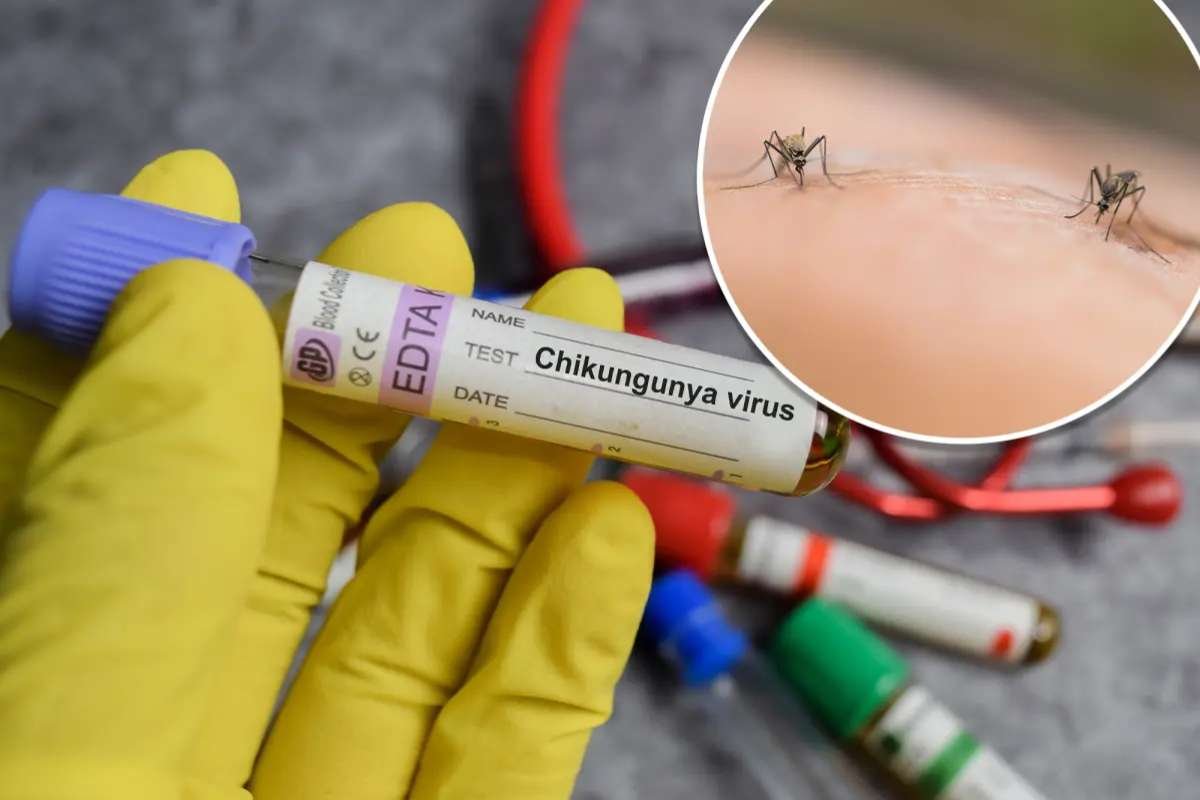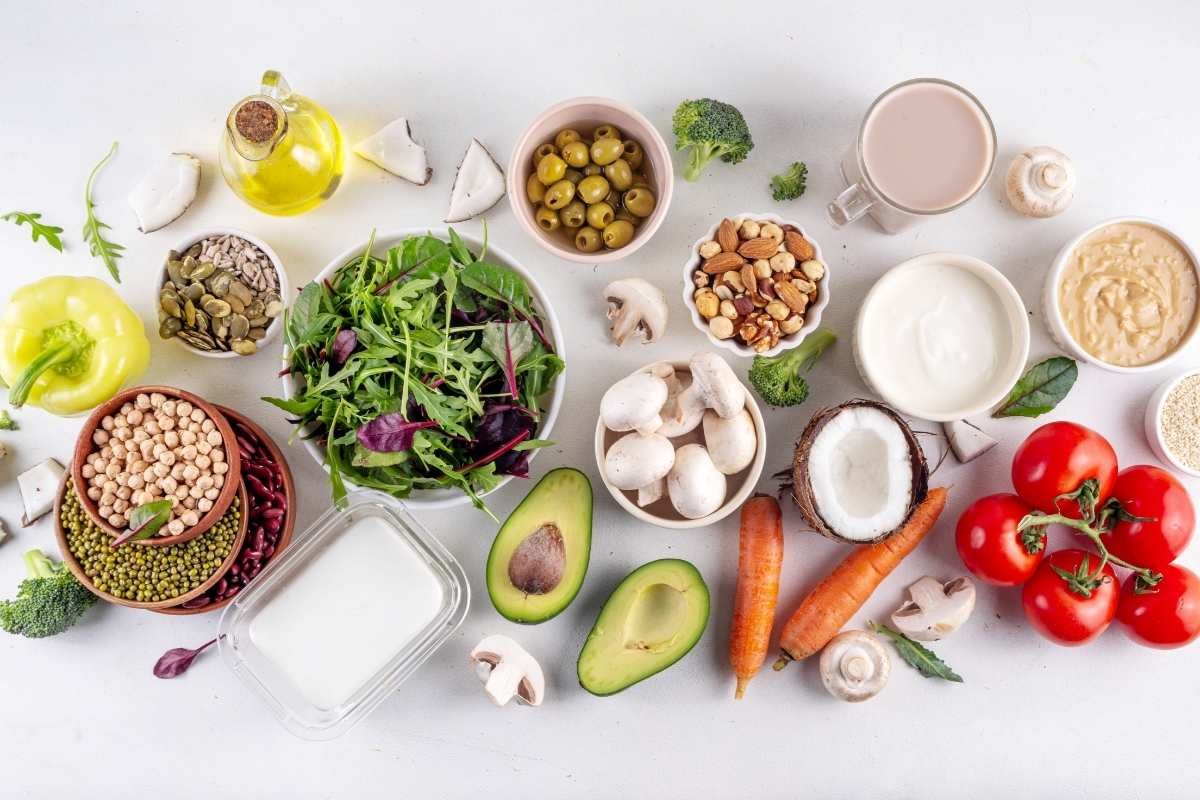In recent years, the agriculture industry has made great progress in terms of cleanliness. In the wake of several illness outbreaks in recent decades, maintaining a spotless workplace is essential. Below hygiene for the agriculture sector, we outline the primary concerns that must be addressed in order to maintain sanitary conditions at a farm.
Here are 5 Important Hygiene Measures for the Agriculture Sector;
1. Halt the Transmission of Disease among Pets
As far as feasible, ill animals should be kept in isolation to avoid the spread of disease to healthy animals and/or other groups of animals, and no infectious diseases should be transferred to another department. Thus, you and your staff may not go into the next compartment without taking precautions after entering a contaminated compartment (such as changing clothes and disinfecting).
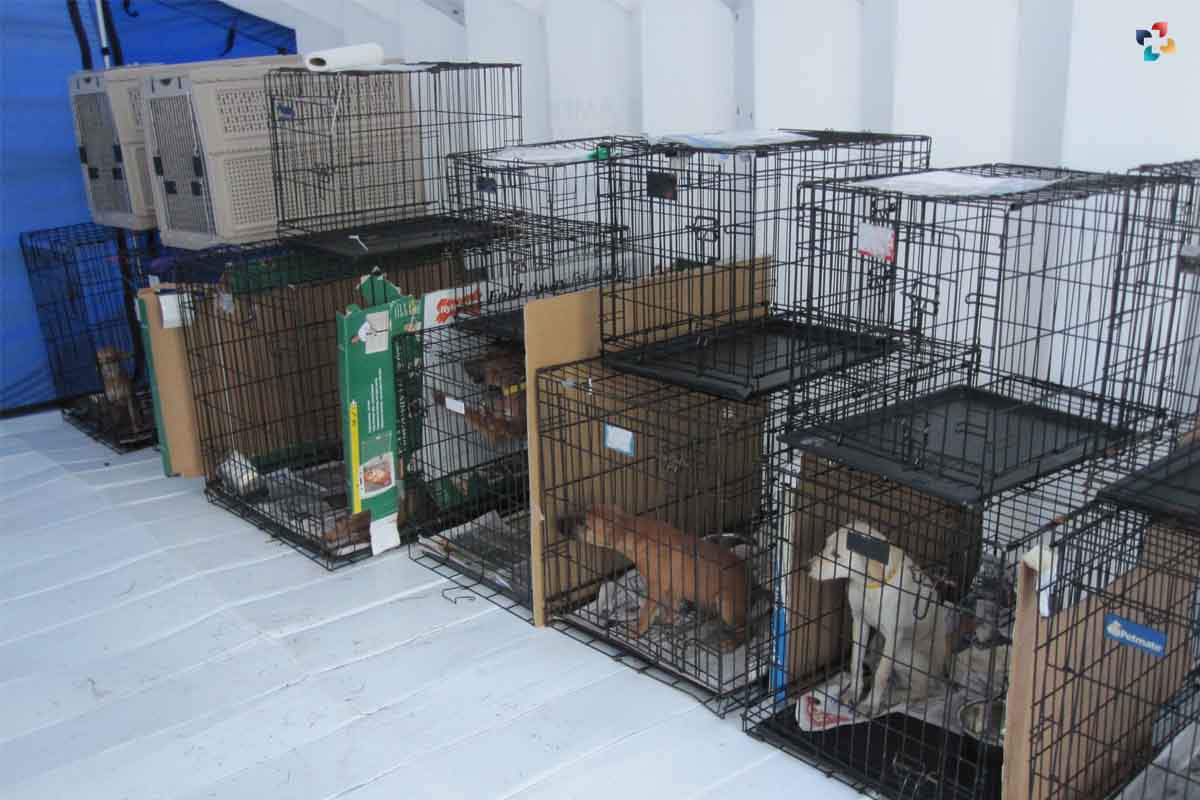
Cleaning the pathways and materials used to relocate animals is essential thereafter. Delivering animals requires an “all-in, all-out” approach. You (or your employee) must always provide the animals from inside the clean section, while the transporter stays outside in the delivery area.
2. Make sure people who go to the Stalls don’t carry any contagions with them.
If you want to keep your shed clean, only allow visitors to use the sanitary entrance for hygiene for the agriculture sector. The ‘dirty’ and ‘clean’ zones must be clearly demarcated in this setup. There is a need to change into a clean set of uniforms and to wash and disinfect both hands and footwear. A shower is recommended before entering and after exiting the shed.
You must wear the shed’s supplied attire and footwear to enter. Leave everything off your personal belongings in the “dirty” area, including your clothes, shoes, watches, jewellery, and ideally also your cell phones. Please be aware that the phrase “shed visitors” includes you and your staff. A log book is used to record information on each person and vehicle that enters and exits the shed.
3. Have a solid plan in place for preventing and eliminating pests
Infectious diseases may be spread by the introduction of pests. Keep the shed’s surroundings clean and well-maintained to deter pests, and seal up any possible entry points they could use to invade. Every week, someone should clean the office, the cafeteria, and the clean entryway. It is also important to keep the key corridors, roads, and pathways clean and clear of debris. Any information about the usage of pesticides has to be easily accessible. An untrained person should not attempt pest management. To add another option, you may hire an outside company.
4. Put emphasis on “Clean” Mains and Drinking Water
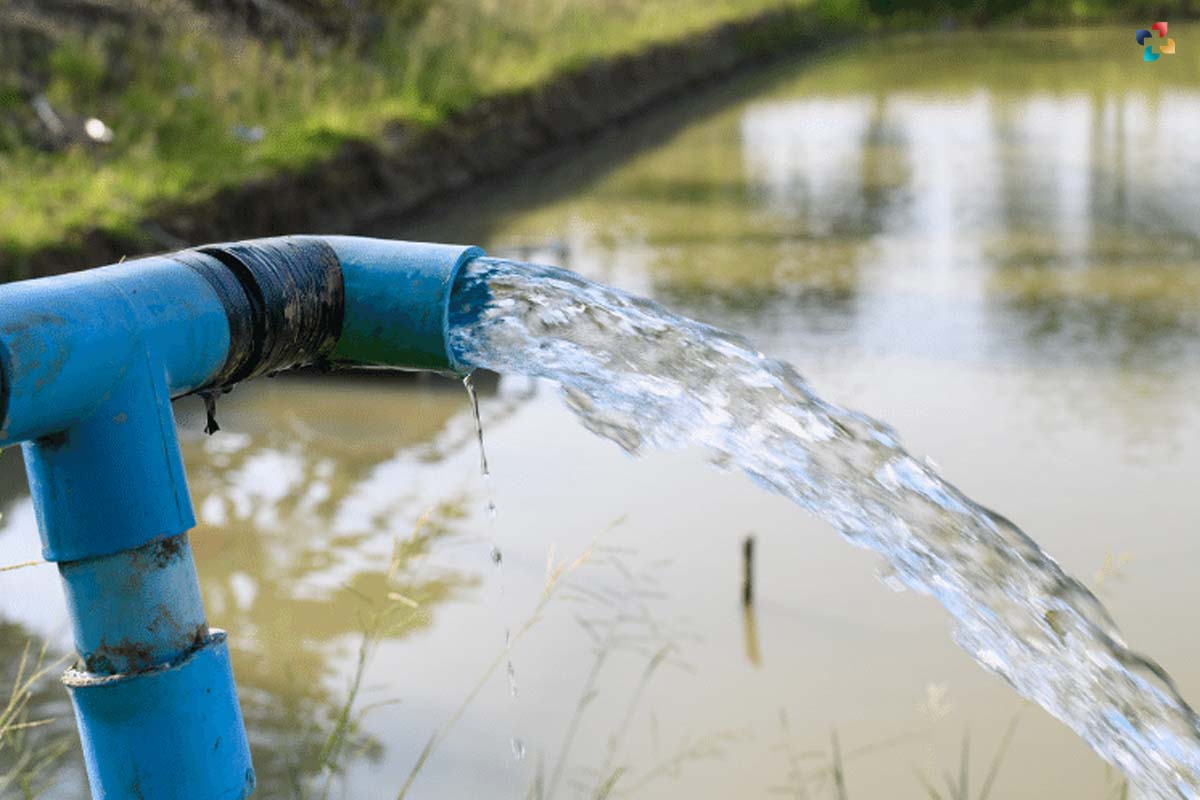
It is crucial to routinely inspect and clean the water pipes in order to stop the spread of disease. Every year, you should get your drinking water tested. Only manufacturers adhering to GLP/GMP+ standards for dry feeder production should be considered. Hygiene for the agriculture sector, feeders should be kept in a clean, dry place.
5. Sanitize Equipment and Utilities
The institution must have its own veterinarian instruments, supplies, and equipment (including a refrigerator). These items are not to leave the building at any time and should be cleaned after each use. All incoming tools and supplies from the outside must be sterilized before being stored in the shed. A log book should be kept of all new supplies and machinery.
6. Take Care to Clean and Disinfect the Storage Areas Regularly
When a storage area or bathroom stall is vacant, it must be cleaned and disinfected completely hygiene for the agriculture sector. When it is not possible to empty a department for a lengthy period of time, a cleaning schedule is devised, and the animals are left in their cages during this time.
